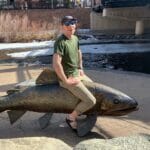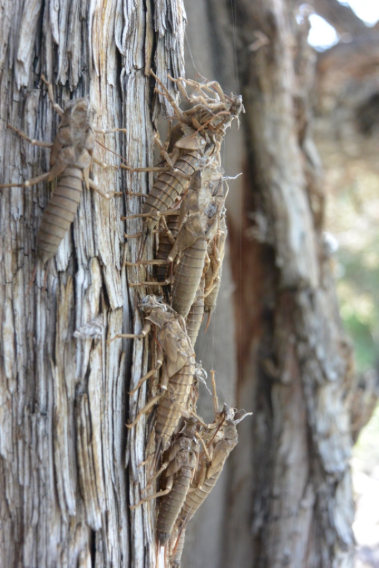“We are products of our environment.”
There is much truth to this adage, and I know I am a product of my Alaskan fly-fishing environment and exposure.
Six years ago when I arrived in Alaska, I was still a mere “padawan” with the fly rod. With time, I found more seasoned anglers to fish with, picked up some tips at the fly shop, and was able to fall into a fly pattern cycle that would produce fish.
Alaskan rainbow trout eat bugs, this is true. In Southcentral Alaska, trout, and other resident fish, also gorge on the decadent offerings of the “salmon cycle,” consisting of juvenile salmon, eggs and flesh. Whenever the water is flowing, you can generally cue into one or more stages of the salmon cycle to successfully chase trout. During the height of salmon season, it seems the specific offerings of the salmon cycle is all the fish desire.
Cycles are difficult to break. And it turns out, I am quite entrenched in the salmon cycle. I know my way around egg patterns, varied stylings of flesh, fry, smolt and associated streamers, but my entomology knowledge and bug identification skills are embarrassingly non-existent.
Sure, I can identify several unmistakable insects (looking at you mosquitos) and select dry flies and nymphs that will work; but my methods are little more than a shot in the dark. When I find myself fishing outside of Alaska, I feel unfortunately reliant on the chalkboard at the fly shop displaying the hot flies. Anyone able to relate to this feeling?
This past winter I had surgery on my right shoulder, leaving the fine motor skills of my dominant hand more or less useless for several months and fly-tying desk suspiciously clean. With the distinct need to fuel the internal fishing flame and entertain myself while recliner-ridden during the darkest days of the Alaskan winter, I decided it was time to dedicate a few hours and bridge one of the deeper voids in my fly-fishing repertoire: entomology.
Being a member of Trout Unlimited has its perks, one of which is access to discounts on numerous sources of information, one of being a particularly appealing price on the online entomology course from The Catch & The Hatch (among other great deals).
Entomology, “the branch of zoology concerned with the study of insects,” is clearly a broad topic. One can dedicate their entire life to learning about insects, but realistically a trout enthusiast only needs to know what is in, on, or near the water.
The entomology course offered by The Catch & The Hatch serves as a crash course designed by trout bums for trout bums. It distills the basics of identifying the insects that trout eat, various life stages of insects, when and where to expect specific hatches, as well as fly selection into eight easily digested lessons to better prepare anglers to effectively and efficiently, “match the hatch.”
Combined with a cold brown ale or a morning cup of coffee, deeper exploring the diet of my underwater muse was a welcomed substitute for my winter entertainment and allowed me to consider other aspects of my fly angling. As a bonus, my nymph and dry fly boxes are more logically organized and a fresh list of fly patterns to try is slowly being tackled at my tying desk.
With flights to Colorado and Washington booked this summer, I’m eager to put some of this fresh knowledge to the test and challenge myself in Alaska by leaving the streamer box at home. I look forward to applying what I learned from Alan at The Catch & the Hatch to my home waters and find out if I put my winter downtime to good use.
Eric Booton is the sportsmen’s outreach coordinator for TU’s Alaska Program. He lives and works in Anchorage.



